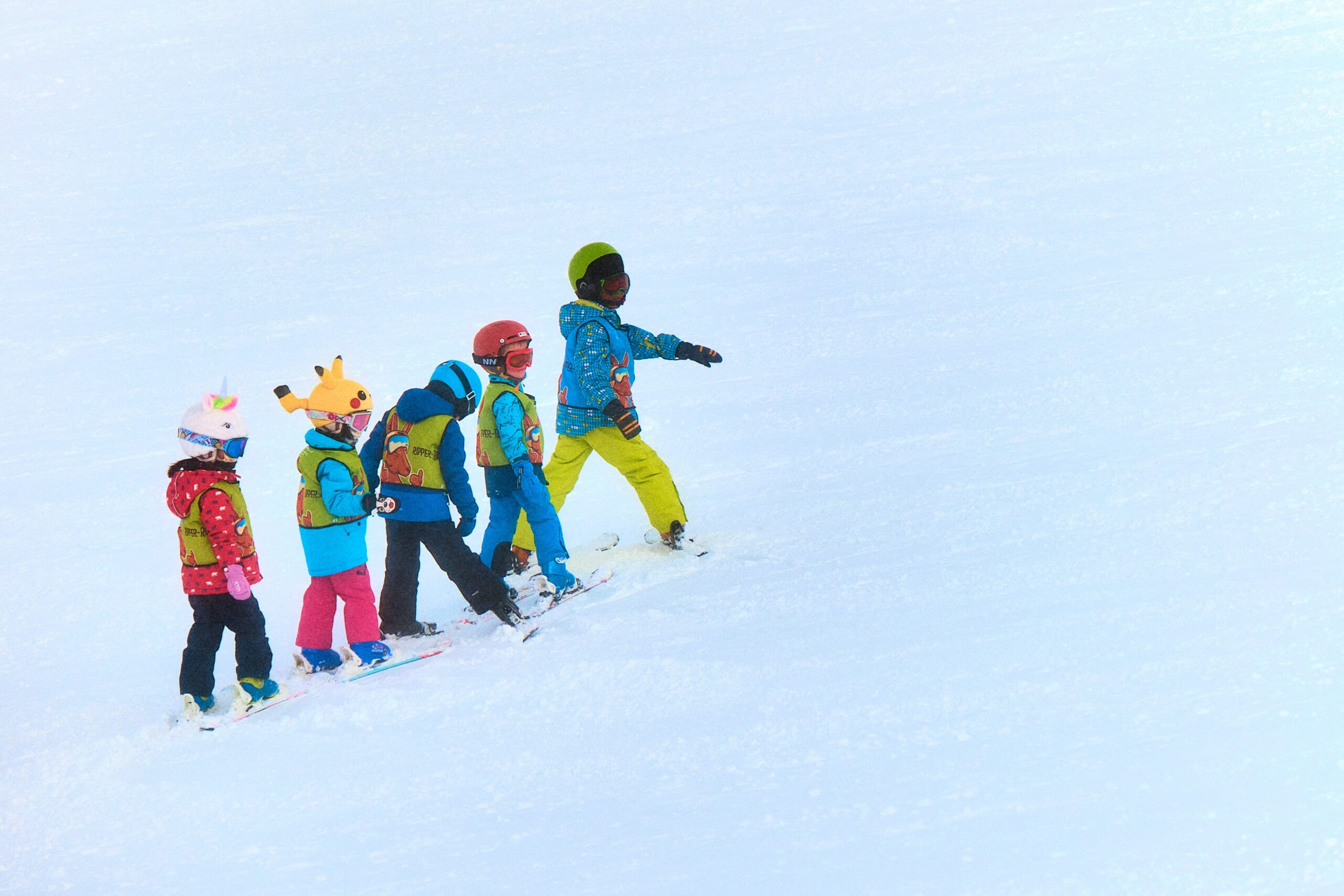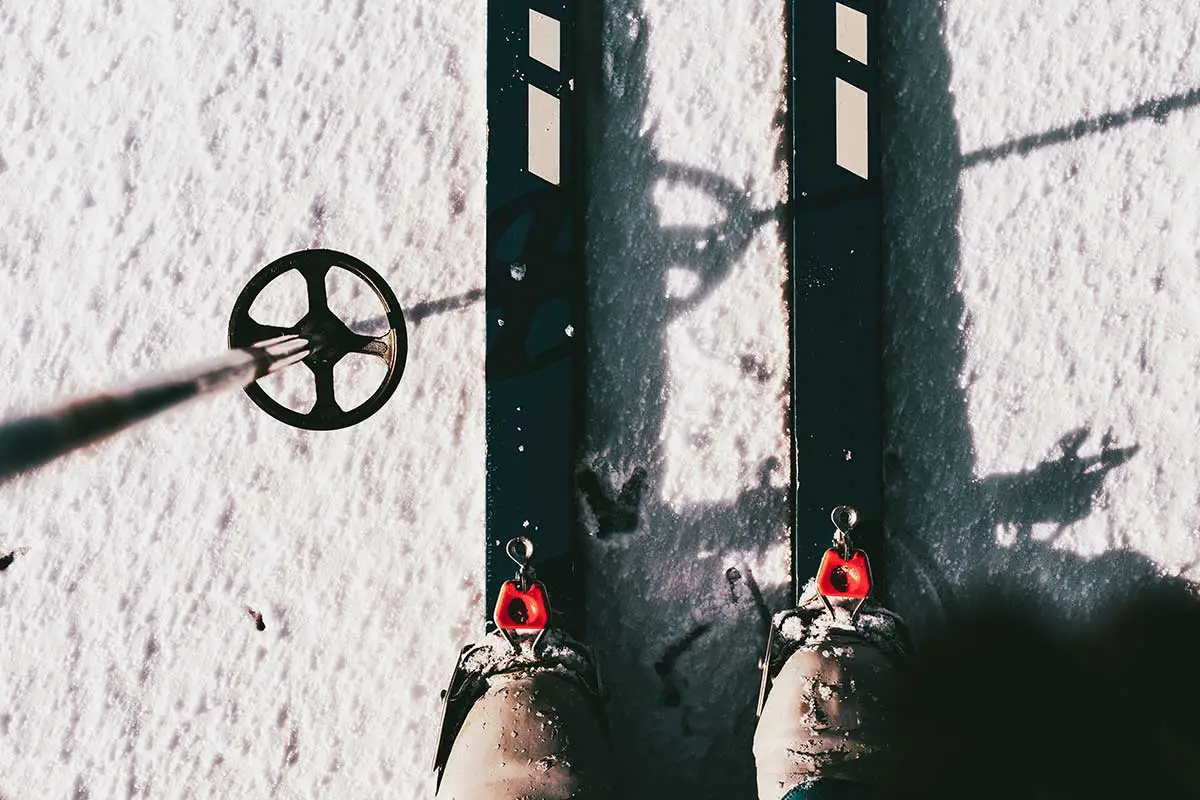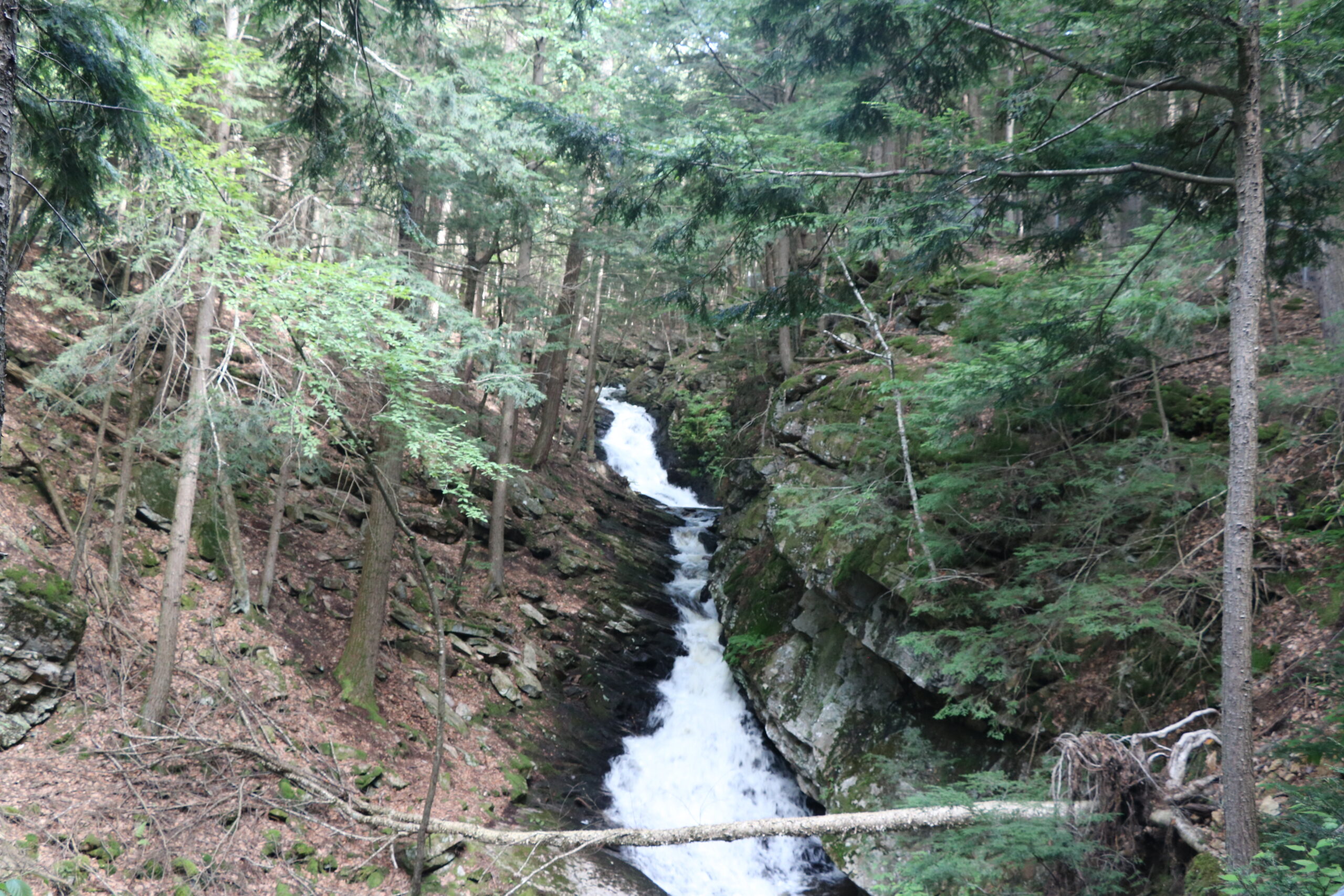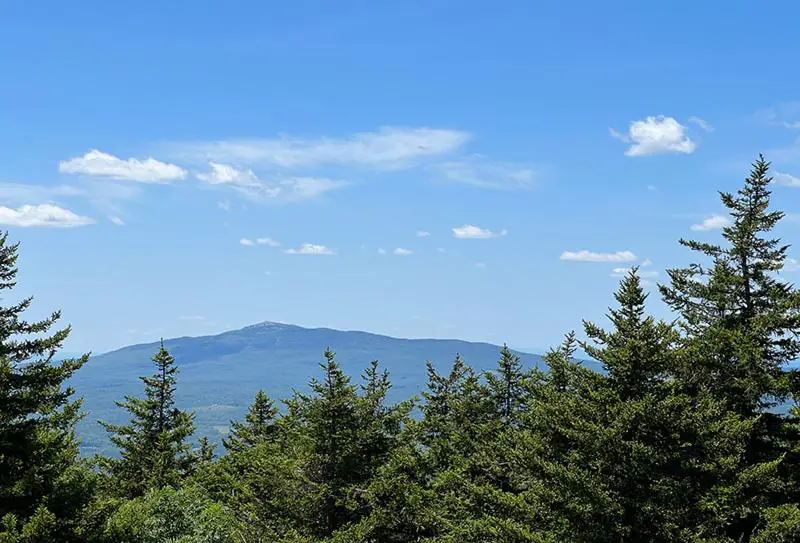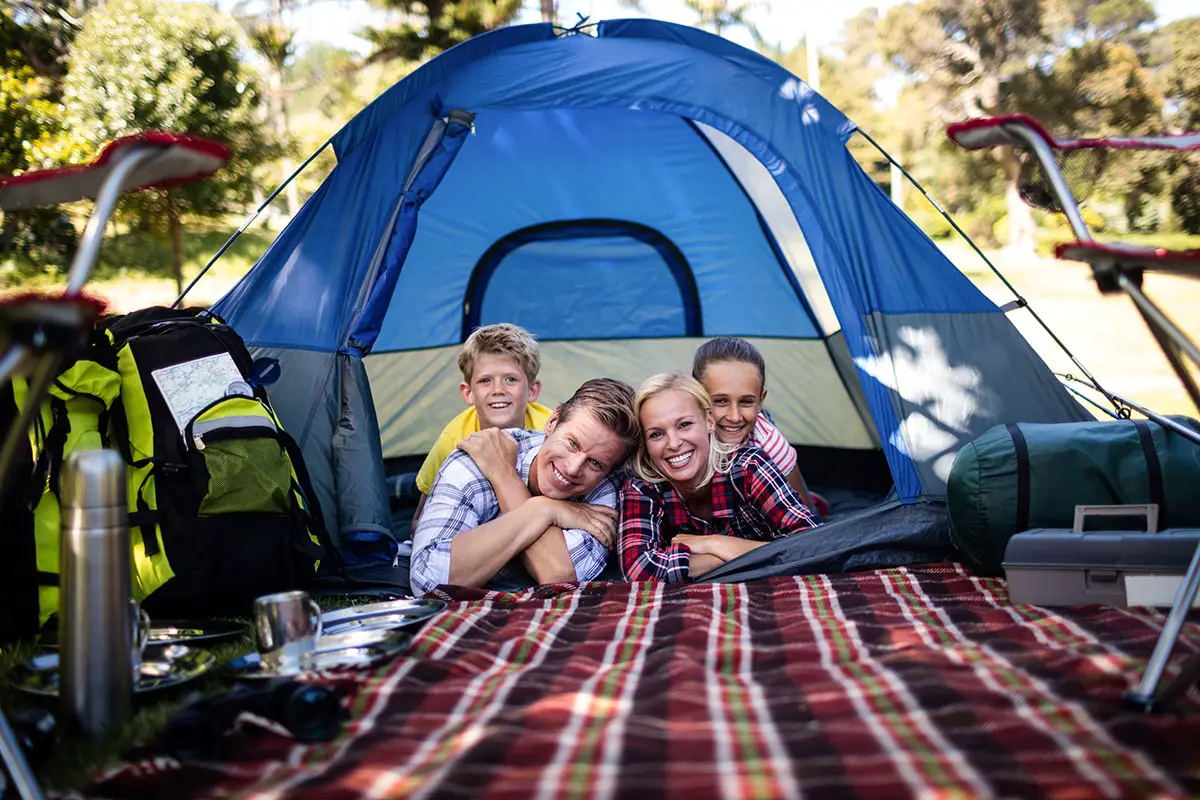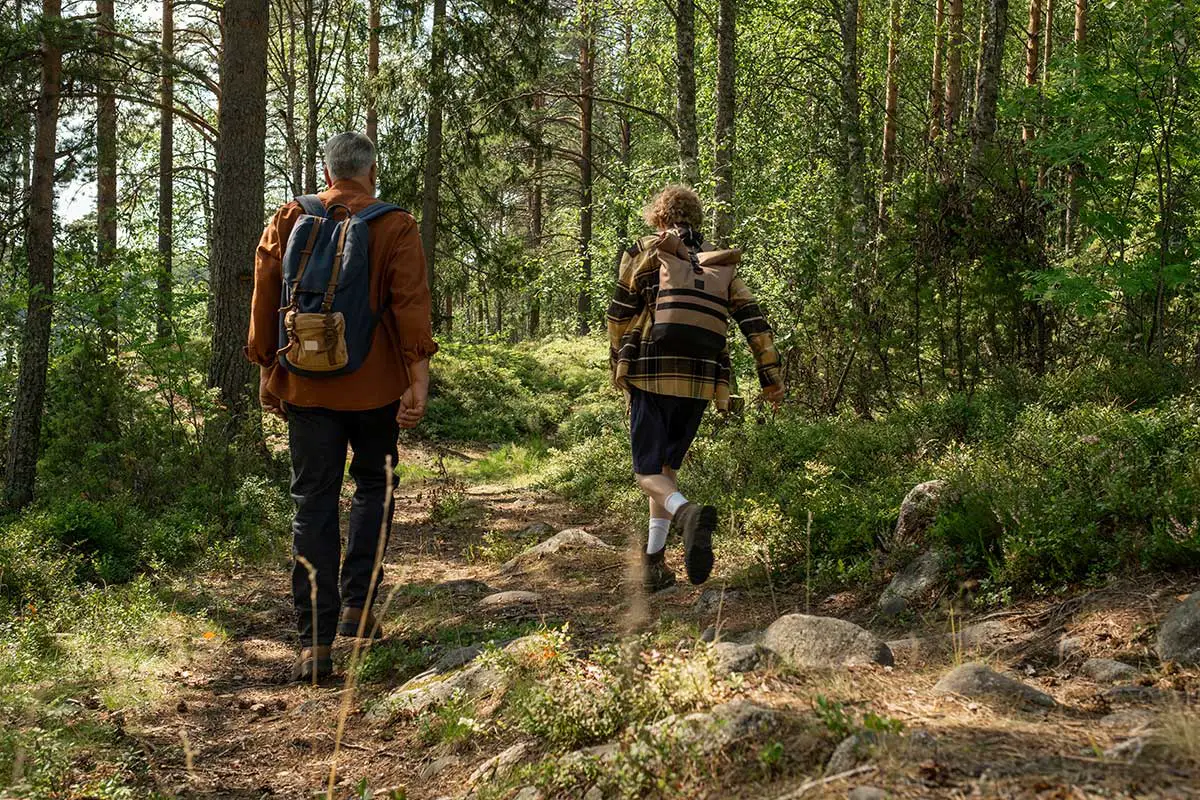Find your NH Vacation Ideas
Learn about visiting New Hampshire
Ski Sizes for Kids: How to Determine the Correct Size
Is your child using the right size alpine ski? Ski sizes for kids can impact their safety, confidence, and [...]
Outdoor winter activities have been booming over the past two years, and cross-country skiing is no exception to the trend. If you want to get in on the fun, we’re here to answer your most important questions about cross-country skiing.
Cross-Country Skiing vs. Alpine Skiing
While both activities are done on skis, cross-country skiing is very different from alpine skiing. Let’s quickly break down the difference between the two.
Alpine Skiing
Alpine skiing, also referred to as downhill skiing, is what you probably think of first when you hear the word skiing. When you’re downhill skiing, your boots are completely locked into your skis, and you consistently use gravity to move down a mountain.
Cross-Country Skiing
Also called nordic skiing, cross-country skiing requires a very different skill set than alpine skiing. Cross-country skiers typically move across flatter ground and use their entire bodies to push themselves through the snow. When you cross-country ski, your boots are only attached by the toes, and you move your heel up and down to propel yourself forward. Cross-country skis are also much thinner than downhill skis.
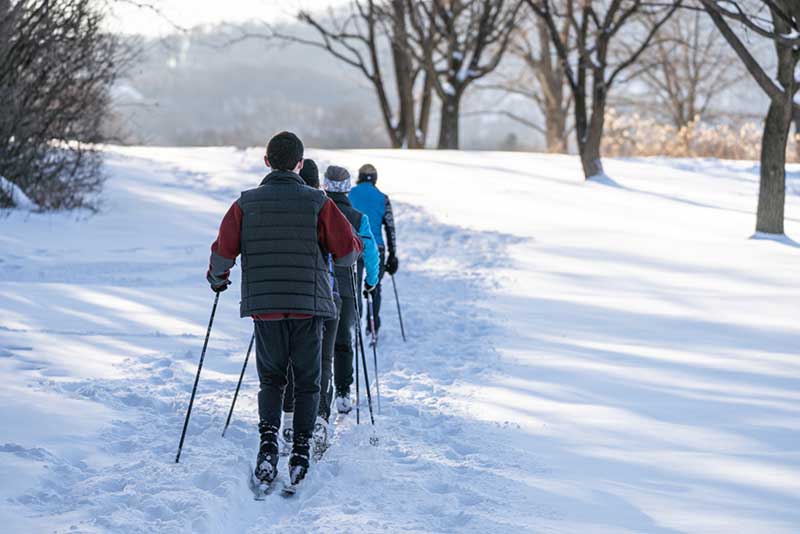
What Gear Do You Need to Go Cross-Country Skiing?
Much of the gear you need to go cross-country skiing is similar to what you should have when downhill skiing. Here’s a list of the essentials:
- Cross-country skis
- Cross-country ski boots
- Cross-country ski poles
- Warm hat
- Insulated mittens
- Fleece-lined pants
- Plenty of layers
- Sport glasses
Keep in mind that the skis, poles, and boots required for cross-country skiing differ from their downhill skiing counterparts. You can usually rent these if you’re a beginner.
If you’re planning to go on longer trails or do backcountry cross-country skiing, you should also bring a ski or day pack, a navigation device, a multi-tool, and extra food and water.
The Best Snow Conditions for Cross-Country Skiing
Snow
The ideal conditions for cross-country skiing are dry, medium- to light-density snow with good coverage. The ideal minimum base coverage for cross-country skiing is about six inches. But that number can change depending on what the snow is covering. Cross-country trails that go over groomed ground or grass will provide a smoother ride with less snow. Meanwhile, rockier ground will require more snow coverage.
Temperature
It’s the skier’s choice when it comes to which temperatures are best for cross-country skiing. Most people prefer something between 20 and 30 degrees Fahrenheit, but people that live in colder climates are comfortable at lower temperatures. The most important thing you can do when thinking about temperature is to dress accordingly to stay warm.
Time of Day
The best time of day to go cross-country skiing largely depends on the weather and temperatures in your area. Going in the later hours of the morning is generally your best bet. It allows time for groomers to get on trails. It also means the snow will have softened a bit after firming up overnight.
The Worst Conditions for Cross-Country Skiing
Now that you know what to look for when you’re choosing the best day to go cross-country skiing, knowing how to identify bad conditions is also vital. Knowing these less-than-ideal conditions can help you decide whether you want to head out that day and, if you do, understand how to adjust your technique.
Thin Cover
Without a substantial base, you put yourself and your skis in danger of damage, especially on rocky terrain. Rocks and other uncovered pieces of the trail can threaten to chip or damage your skis. They also put you at a higher risk of falling.
Deep Powder
A heavy load of fresh powder is a downhill skier’s dream. But that’s not the case for cross-country skiers. Deep powder makes cross-country skiing much harder, and moving through it requires a lot more effort. If you want to hit the trails after a fresh dump of snow, make sure the snow underneath is at least groomed. In a few days, once all that powder has been groomed flat, you’ll have some excellent conditions for cross-country skiing.
Ice
Ice can be intimidating for beginner cross-country skiers, but seasoned veterans will tell you it’s the best way to go faster. If you’re nervous about cross-country skiing on icy trails, remember to keep your full weight on the skis and take long strides.
Uneven Snow
Uneven snow makes balancing – an already challenging part of cross-country skiing – much more challenging, especially for beginners. To stay stable on uneven terrain, make sure to keep your skis flat on the ground. If you’re a downhill skier, this may sound counterintuitive. But cross-country skis don’t have an edge, and your weight pushing them down and forward will provide the most stability.
Best Season for Cross-Country Skiing
If you’re located in North America, the most popular times of year for cross-country skiing are from December to March.
- Early Winter: At the beginning of winter, temperatures will be colder, and your snow coverage won’t be as good. If you can find a place to ski with a decent base, it’s better to ski later in the day to give the snow and ice some time to melt down.
- Mid-Winter: You’ll see the most snowfall during mid-winter conditions. If you’re cross-country skiing in mid-winter, make sure trails have been groomed after heavy snow.
- Spring: Cross-country skiing in the spring can be great fun. You’ll get firm snow in the mornings and warmer temperatures later in the day. Don’t go out too late, or you risk conditions getting slushy.
How to Prepare for Cross-Country Skiing
If you’re preparing for the cross-country skiing season – or even your first cross-country skiing trip – you can do a few things to get ready.
1. Get in Shape
Cross-country skiing requires a great deal of physical effort, so making sure you’re physically fit will keep you on the trails longer. Prepare for the season by doing cardiovascular endurance exercises such as running, jogging, cycling, fast-walking, or inline skating.
2. Stay Warm
It gets cold when you’re cross-country skiing, and bundling up to protect yourself against the elements is important. It’s always better to layer up and take things off as you heat up. If you’re going to be in the backcountry, always carry a pack with extra layers, just in case.
3. Know the Map
Whether you’re cross-country skiing at a resort or hitting the backcountry trails, knowing how to navigate is vital to your safety. Have a map of the area you’ll be in handy. If you’ll be in the backwoods, bring a compass or GPS to help you navigate.
4. Take Lessons
We all know you should take lessons before going downhill skiing for the first time. Similarly, learning from an expert is the best way to gain skills quickly and safely hit the trails if it’s your first-time cross-country skiing.
5. Find a Cross-Country Ski Area
Once you’ve prepared everything to go cross-country skiing, you need a place to do it! Research local cross-country ski areas and check their conditions before deciding. If you’re planning to hit some backcountry trails, try to do some research on the conditions before heading out.
Where to Go Cross-Country Skiing in New Hampshire
New Hampshire provides a variety of opportunities for cross-country skiing. We not only have multiple ski areas that offer cross-country skiing options, but we also have miles and miles of other trails that run over railroad tracks, asphalt, and more. People from all over the northeast come to New Hampshire every winter to enjoy our fantastic cross-country skiing conditions.
Plan Your New Hampshire Ski Trip
Are you ready to hit the New Hampshire cross-country ski trails? If you are, it’s time to start planning the trip! At New Hampshire Vacation Ideas, we aim to help people have the best New Hampshire vacation they can. Check out our website to keep planning your perfect New England cross-country ski trip.
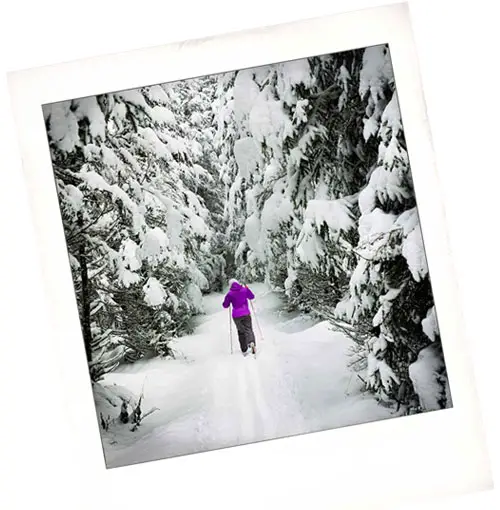
Come Enjoy the Beauty of the Winter
How to Choose the Right Cross Country Ski Boots for your Kids?
Getting the Correct Cross Country Ski Boot Size for your Kids Makes a Big Difference The air [...]
Discovering Natural Beauty at Chesterfield Gorge Natural Area
New Hampshire is a treasure trove of natural wonders, and the Chesterfield Gorge Natural Area, located in Chesterfield, is [...]
Exploring the Beauty of Marion Davis Trail: A Monadnock Adventure
Nestled amidst the breathtaking landscapes of the Monadnock region, the Marion Davis Trail on Pack Monadnock offers an unforgettable [...]
Camping Near Jaffrey NH
Article Quick Links: Monadnock Trails | Jaffrey Lakes | Campgrounds The allure of camping lies [...]
Hiking Trails Sunapee NH
Get out and enjoy a family hike in Sunapee NH When you visit the Lake Sunapee region, [...]
Hiking Near Peterborough NH
Peterborough, New Hampshire is an excellent place to go hiking. The town itself is a hub of the [...]

